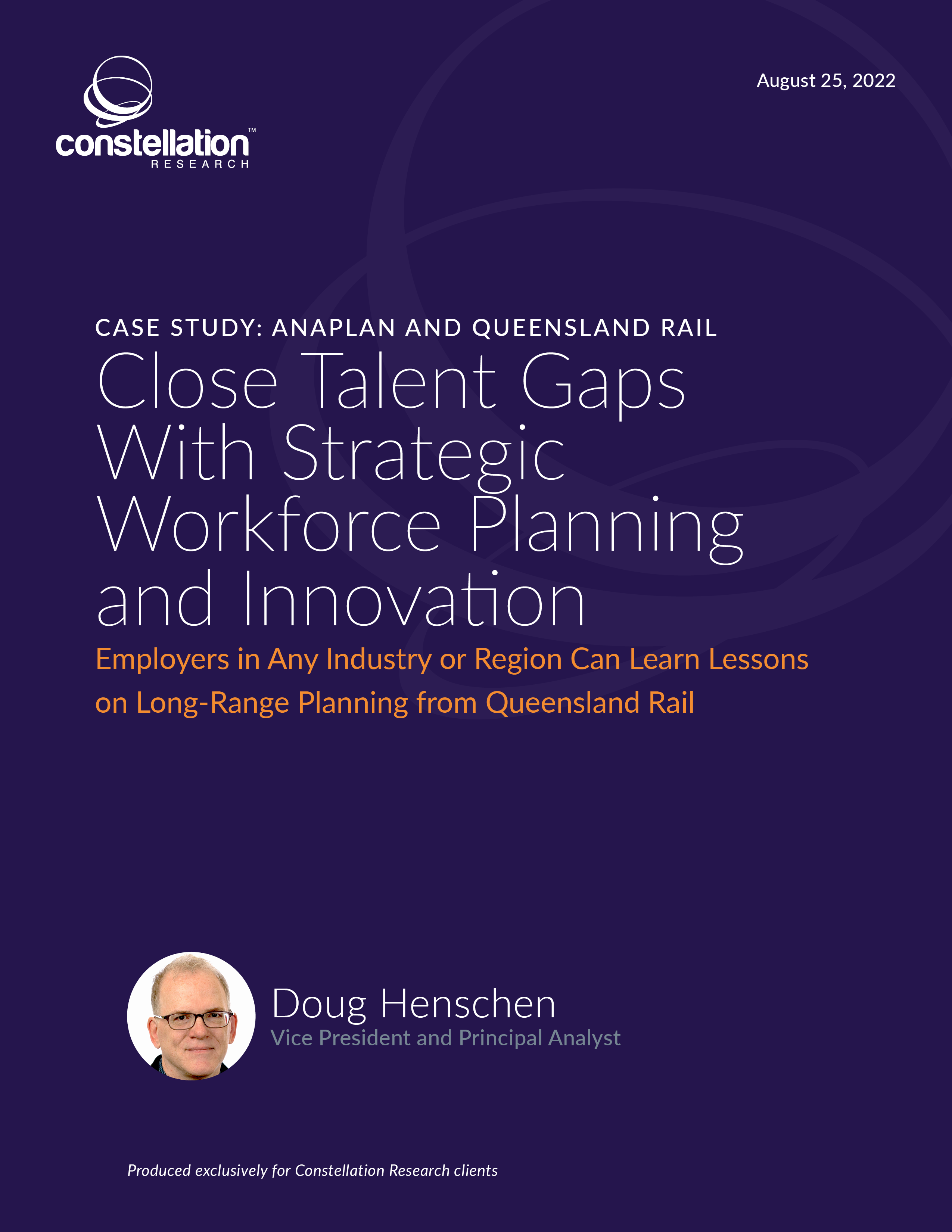 At a Glance
At a Glance
Organizations that don’t have the right people or enough people in place can’t execute effectively. Talent gaps—whether in sales, customer service, technical positions, administrative roles, teaching posts, or executive ranks—hold organizations back, undermine performance, hinder customer satisfaction, and damage brand reputations. That’s why the workforce planning lessons learned from Queensland Rail (QR), a quasi-governmental rail operator in Australia, can be applied to any industry in any country.
QR’s talent gap happened to be in engineering and technical roles. The organization’s embrace of strategic workforce planning is helping close the gaps, but the lessons learned are not just about hiring more effectively and proactively. Indeed, as is the case in so many industries these days, there just aren’t enough people in the talent pipeline to close QR’s talent gaps through hiring alone. But by collaborating and co-innovating with business leaders and business units within the organization, QR’s strategic workforce planning team is reducing the burden on internal talent while also freeing existing staff from time-consuming rote manual work by using sensors, drones, and other emerging technologies that promise to transform many industries.


